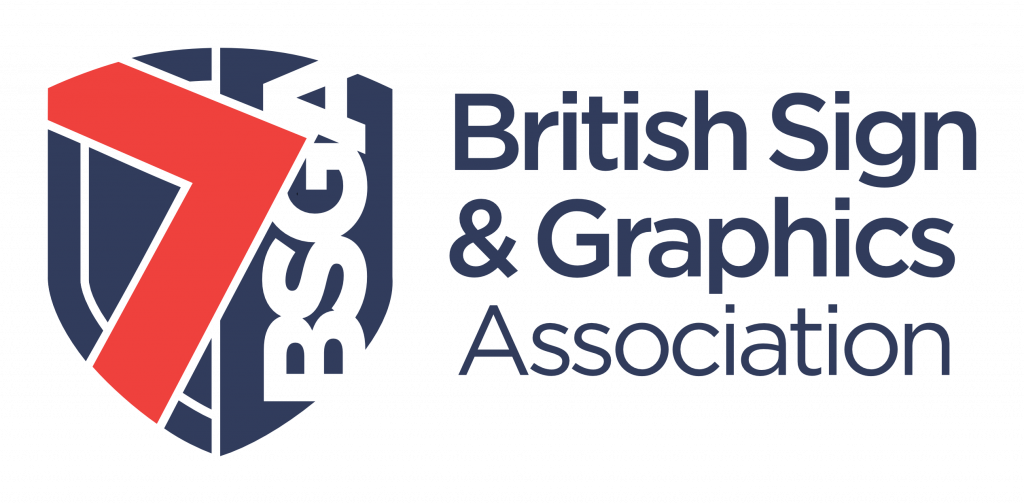Just assuming that everything will be alright because ‘we’ve always done it that way’ or ‘that looks alright from here’ has never been acceptable and companies that do not wish to fall foul of existing and incoming legislation need to be fully aware of their obligations and compliance. BSGA Members receive updates as well as having access to the BSGA Technical Guidelines for support and guidance in order that they can be fully prepared and justify why clients should be buying signs from them.
Just as an example, how many sign companies reading this are aware of and abide by the conditions of section 4 (Service Life) contained in BS559:2009? The wording is as follows:-
The service life of the sign shall be either:
a) As specified by the purchaser on the order; or
b) As agreed between the purchaser and the manufacturer; or
c) As specified by the manufacturer to the purchaser; or
d) If not specified or agreed in accordance with a), b) or c), 10 years
What this means therefore is that if you don’t specify the expected lifetime of a sign at the time of quote and order, if the sign fails, under BS559:2009 the expected lifetime of that sign is 10 years. Just think of the implications of this on your business.
Just as vitally important as all the above is the question of maintenance of signs one they are in place. The Authorities and the BSGA are looking at ways of including standards of maintenance practices and procedures within the BS and EN standards codes. The point is that a sign company’s responsibilities for a sign does not necessarily end upon payment of the invoice by the customer as proven in recent HSE cases and we now have the opportunity of putting that right.
Then there is the Construction Products Regulations (CPR) for which the implementation date is now set for 2014. However, by virtue of Building Regulations much of EN1090‐1 is already a requirement. Whilst there is no direct legal binding to the use of British Standards or Eurocodes in the UK, they are a valid code of practice to use when carrying out designs required to comply with Building Regulations. For convenience and practicality, the “Approved Documents” to the Building Regulations list standards given “deemed to satisfy” status. For example, Building Regulations refer to wind loads to be calculated to EN1991‐1‐4 (superseded BS6399) and structural steel or aluminium components are safety critical. What this is leading to is that sign structures are going to have to be CE marked. When CE marking is ratified for EN1090‐1 then manufacturers require their Factory Production Control system (FPC) to be independently assessed and certified by a national notified body like BRE and BMTRADA. Finally, these new codes will come under criminal law rather than civil law and will carry greater penalties (custodial sentences not just fines) for non-compliance.
BSGA Members have already received details of these forthcoming changes in our regular Emailings to Members and we intend to keep members up to date with further developments.
The world is changing for the better. Sign Companies will need to raise their standards, quality, professionalism and competency and continue to apply these practices in all aspects of their work. 
